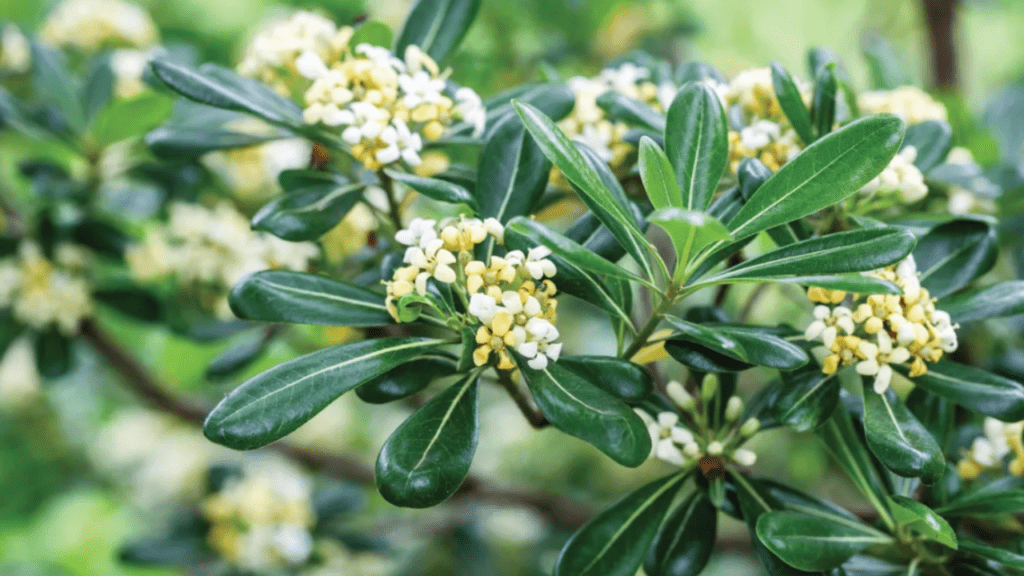
How to Grow a Thriving Pittosporum Plant in Your Garden
Pittosporum plants are a beautiful and versatile addition to any garden, but they do require specific care in order to thrive. In this comprehensive guide, we will cover everything you need to know about growing and caring for a Pittosporum plant in your garden. From planting and watering to pruning and fertilizing, you’ll learn the essential steps to ensure your Pittosporum plant grows healthy and beautiful. Whether you’re a seasoned gardener or a beginner, this guide will provide you with the knowledge and tips you need to successfully grow a thriving Pittosporum plant in your garden.
Table of Contents
ToggleOverview of Pittosporum Plant
The Pittosporum plant is a popular choice for gardens due to its attractive foliage and versatile nature. It is an evergreen shrub or small tree that comes in a variety of species and cultivars, offering different sizes, shapes, and colors of leaves. The plant produces small flowers with a sweet, honey scent and can be grown as a hedge, in containers, or as a standalone specimen. Pittosporum plants are relatively low-maintenance and can tolerate a range of soil types and conditions, making them a great choice for both experienced and beginner gardeners. Overall, the Pittosporum plant is a versatile and beautiful addition to any garden space.
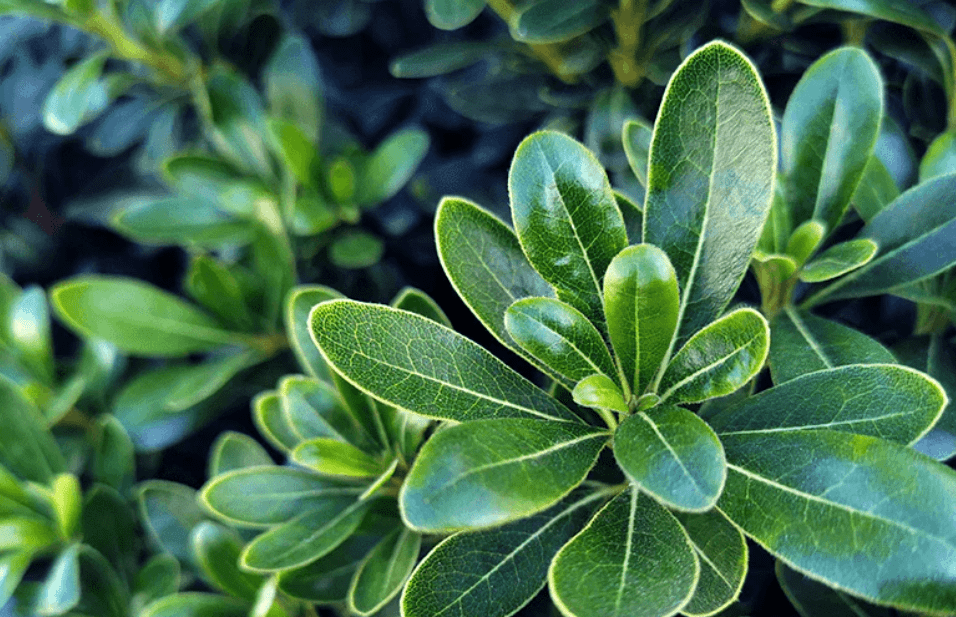
Benefits of Growing Pittosporum in Your Garden
Aesthetic Appeal (foliage, flowers, fragrance)
The Pittosporum plant is a fantastic choice for any garden due to its stunning foliage, beautiful flowers, and sweet fragrance. The plant comes in a variety of species and cultivars, offering different sizes, shapes, and colors of leaves, adding a visually appealing element to your outdoor space. In addition, the small flowers produced by the plant have a delightful honey scent, adding a pleasant fragrance to your garden. Whether you’re looking to create a colorful and vibrant garden or simply want to add a touch of elegance, the Pittosporum plant is a great choice for enhancing the aesthetic appeal of your outdoor space.
Uses in Landscaping (hedges, borders, specimen plants)
The Pittosporum plant is a versatile addition to any garden and can be used in a variety of ways in landscaping. It can be grown as a hedge to create a natural and attractive border in your garden. The plant’s dense foliage and ability to tolerate pruning make it an excellent choice for creating a structured and formal hedge. Additionally, it can be used to line pathways, driveways, or garden borders to create a defined and polished look to your outdoor space. The Pittosporum plant can also be grown as a standalone specimen, adding a focal point to your garden with its unique foliage and sweetly scented flowers. Overall, the plant’s versatility and low maintenance make it a great choice for both experienced and beginner gardeners looking to enhance the aesthetic appeal of their outdoor space.
Low Maintenance and Drought Tolerance
The Pittosporum plant is a great choice for those who want to add a touch of elegance to their outdoor space with minimal effort. This plant is low maintenance, making it a great option for busy individuals who want to enjoy a beautiful garden without spending too much time on upkeep. Additionally, the Pittosporum plant is drought tolerant, meaning it can withstand periods of dry weather without needing excessive watering. This makes it a great choice for those living in areas with limited water resources or for individuals who want to conserve water in their garden. With its adaptability to various soil types and its ability to thrive in both sunny and partially shaded areas, the Pittosporum plant is a versatile and resilient addition to any garden.
Choosing the Right Pittosporum Variety
Popular Varieties (e.g., Pittosporum tobira, Pittosporum tenuifolium)
The Pittosporum plant is a versatile and low-maintenance option for adding beauty to your garden. It can be grown as a standalone specimen, adding a focal point with its unique foliage and sweetly scented flowers. The plant is drought tolerant, making it a great choice for areas with limited water resources. With its adaptability to various soil types and its ability to thrive in both sunny and partially shaded areas, the Pittosporum plant is a resilient addition to any garden. There are different popular varieties to choose from, such as Pittosporum tobira and Pittosporum tenuifolium, so you can select the one that best suits your garden’s needs.
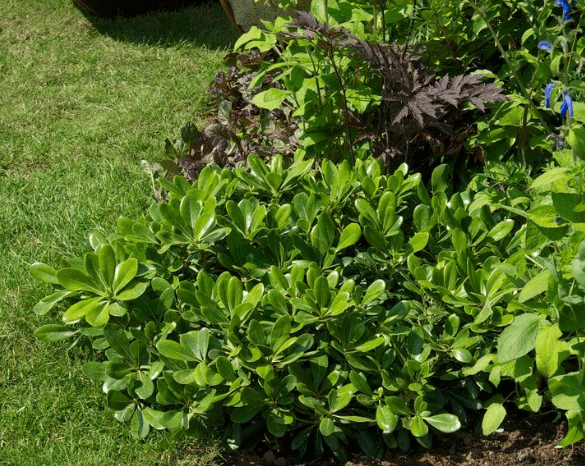
Factors to Consider (size, color, growth rate)
When choosing a Pittosporum plant variety, there are a few factors to consider. Size is an important consideration, as some varieties can grow quite large, while others stay more compact. Think about the color of the foliage and flowers, as well as the growth rate of the plant. Some varieties may grow more quickly than others, so it’s important to choose a variety that will fit well in your garden and meet your specific needs. Be sure to research the different varieties available and consider these factors when making your selection.
Best Varieties for Different Garden Styles
When it comes to choosing the best Pittosporum plant variety for your garden, there are a few factors to consider. The Pittosporum plant is known for its adaptability to various soil types and its ability to thrive in both sunny and partially shaded areas, making it a resilient addition to any garden. There are different popular varieties to choose from, such as Pittosporum tobira and Pittosporum tenuifolium, so you can select the one that best suits your garden’s needs.
When choosing a Pittosporum plant variety, factors to consider include size, color, and growth rate. Size is an important consideration, as some varieties can grow quite large, while others stay more compact. Think about the color of the foliage and flowers, as well as the growth rate of the plant. Some varieties may grow more quickly than others, so it’s important to choose a variety that will fit well in your garden and meet your specific needs. Be sure to research the different varieties available and consider these factors when making your selection.
Overall, the Pittosporum plant is a versatile and resilient addition to any garden, and with the various varieties available, you can choose the one that best fits your garden style and needs. Whether you’re looking for a compact, slow-growing variety or a larger, faster-growing option, there is a Pittosporum plant variety out there for you.
Ideal Growing Conditions for Pittosporum
Soil Requirements (type, pH, and drainage)
When it comes to growing Pittosporum plants, it’s important to consider the soil requirements. The type of soil should be well-draining and fertile, as Pittosporum plants prefer soil that is rich in organic matter. Additionally, the soil pH should be slightly acidic to neutral, ranging from 6.0 to 7.0. This will provide the optimal growing conditions for Pittosporum plants. Good drainage is also crucial, as Pittosporum plants do not like to sit in waterlogged soil. It’s important to ensure that the soil has proper drainage to prevent root rot and other issues. By providing the right soil type, pH, and drainage, you can help your Pittosporum plants thrive and grow successfully.
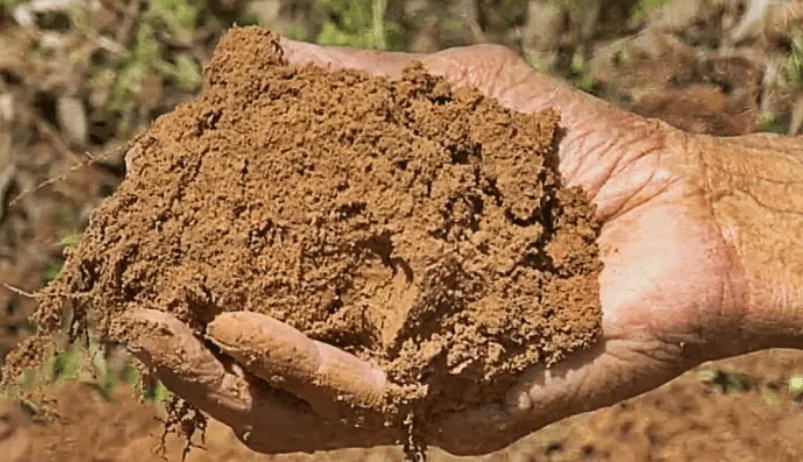
Sunlight Preferences (full sun to partial shade)
Pittosporum plants have specific preferences when it comes to sunlight. They thrive in full sun to partial shade, meaning they can tolerate a wide range of light conditions. When planting Pittosporum, it’s important to consider the amount of sunlight the area receives throughout the day. If you live in a region with hot, intense sunlight, it may be best to plant your Pittosporum in a location that receives partial shade to protect the plant from potential sunburn. On the other hand, if you live in a cooler climate, full sun may be ideal for optimal growth. By understanding the sunlight preferences of Pittosporum plants, you can create the best growing conditions to help them thrive and flourish in your garden.
Watering Needs (frequency, seasonal adjustments)
Pittosporum plants have specific watering needs that should be considered to ensure their health and growth. In general, it is important to water Pittosporum plants regularly, especially during the establishment period. Once established, they will need watering during dry periods to maintain their health and vigor. During the growing season, it is best to water Pittosporum plants deeply but infrequently to encourage deep root growth. In the winter, when the plant is dormant, you can reduce the frequency of watering. It’s important to monitor the soil moisture and adjust your watering schedule based on the specific needs of your Pittosporum plants. By understanding their watering needs and making seasonal adjustments, you can provide the right amount of water to help your Pittosporum plants thrive.
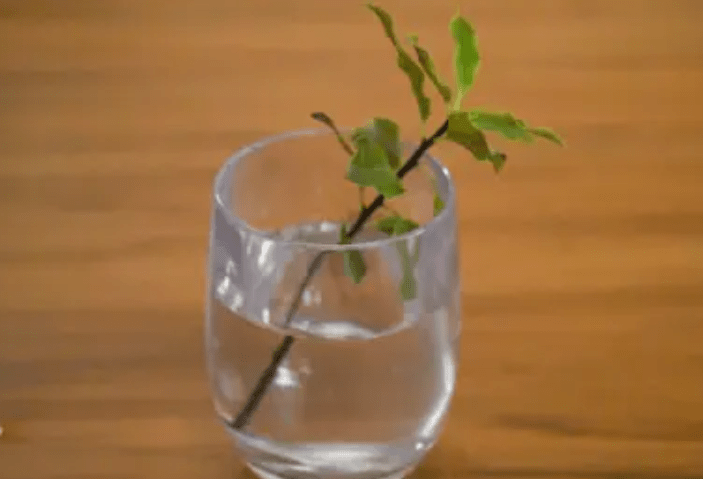
How to Plant Pittosporum in Your Garden
Best Time to Plant (seasonal considerations)
Pittosporum plants have specific watering needs that should be considered to ensure their health and growth. In general, it is important to water Pittosporum plants regularly, especially during the establishment period. Once established, they will need watering during dry periods to maintain their health and vigor. During the growing season, it is best to water Pittosporum plants deeply but infrequently to encourage deep root growth. In the winter, when the plant is dormant, you can reduce the frequency of watering. It’s important to monitor the soil moisture and adjust your watering schedule based on the specific needs of your Pittosporum plants. By understanding their watering needs and making seasonal adjustments, you can provide the right amount of water to help your Pittosporum plants thrive.
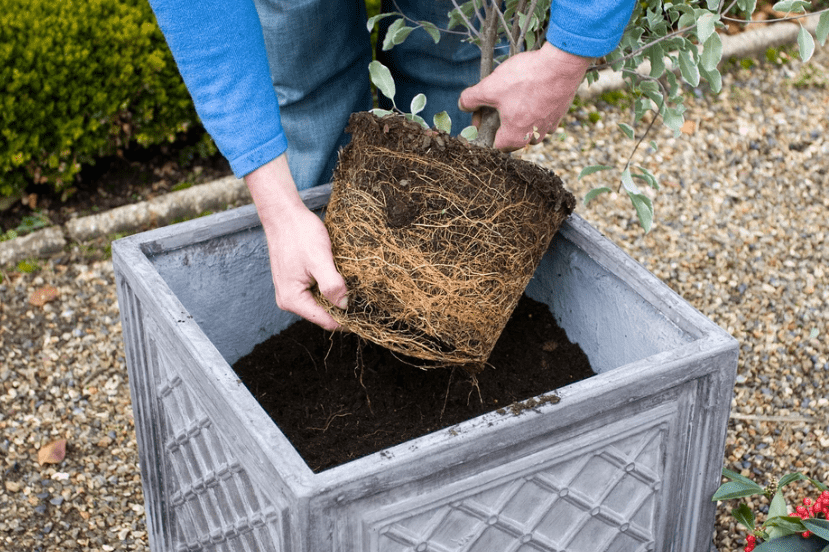
Site Selection and Soil Preparation
Are key factors to consider when planting Pittosporum in your garden. Pittosporum plants prefer well-drained soil and a location with full sun to partial shade. When selecting a site for planting, it’s important to choose a spot that meets these requirements to ensure the health and growth of the plant.
Before planting, it’s essential to prepare the soil by loosening it and adding organic matter such as compost to improve its fertility and drainage. This will provide a healthy and conducive environment for the Pittosporum plant to thrive.
The best time to plant Pittosporum is during the spring or fall when the weather is mild. Planting during these seasons will allow the plant to establish its roots before the extreme temperatures of summer or winter. It’s important to consider seasonal factors and choose the best time for planting to give the Pittosporum plant the best chance of success.
By carefully selecting a site with the right conditions and preparing the soil properly, you can ensure the successful growth of Pittosporum plants in your garden.
Step-by-Step Planting Instructions
- Select a suitable planting site: Choose a spot that receives the right amount of sunlight and has well-drained soil.
- Prepare the soil: Before planting, loosen the soil and add organic matter such as compost to improve fertility and drainage.
- Plant during the right season: The best time to plant Pittosporum is during the spring or fall when the weather is mild. This will allow the plant to establish its roots before extreme temperatures.
- Dig a hole: Dig a hole that is slightly larger than the root ball of the plant.
- Plant the Pittosporum: Place the plant in the hole and backfill with soil, making sure the top of the root ball is level with the ground.
- Water thoroughly: After planting, water the Pittosporum thoroughly to help it establish its roots.
- Mulch: Apply a layer of mulch around the base of the plant to help conserve moisture and suppress weed growth.
- Maintain: Regularly water and care for the Pittosporum plant to ensure its healthy growth and development.
Care Tips for a Thriving Pittosporum Plant
Fertilization Schedule (types of fertilizers, application methods)
It is important to follow a fertilization schedule to ensure that your Pittosporum plant thrives. There are different types of fertilizers available, such as granular or liquid fertilizers. Granular fertilizers can be applied to the soil around the base of the plant, while liquid fertilizers can be diluted and applied directly to the leaves and soil. It is important to read the instructions on the fertilizer packaging to determine the proper application method and frequency. Typically, fertilizing in the spring and fall is recommended to provide the plant with the nutrients it needs for healthy growth. Keep in mind that over-fertilizing can be harmful to the plant, so it is important to follow the recommended guidelines for fertilization. By following a proper fertilization schedule, you can help your Pittosporum plant to thrive and flourish in your garden.
Pruning Techniques (when and how to prune for shape and health)
Pruning techniques are essential for the shape and health of your Pittosporum plant. Regular pruning can help maintain the desired shape, remove dead or diseased branches, and encourage new growth. It is important to prune your Pittosporum plant in the early spring before new growth begins. Use sharp, clean pruning shears to make precise cuts and avoid tearing the branches. Focus on removing any dead or diseased branches, as well as any crossing or overcrowded branches that may be inhibiting healthy growth. Additionally, you can prune for shape by selectively removing branches to achieve the desired appearance. Be sure to avoid over-pruning, as this can weaken the plant and leave it vulnerable to disease and pests. By following proper pruning techniques, you can promote the overall health and appearance of your Pittosporum plant.
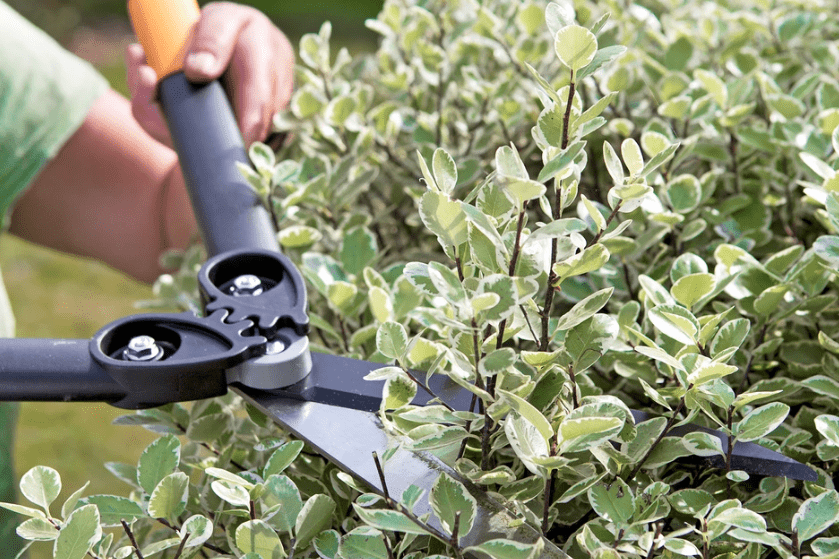
Mulching and Soil Care
Mulching is an important practice for maintaining the health of your plants and soil. It helps to retain moisture, suppress weeds, and regulate soil temperature. When applying mulch, be sure to spread it evenly around the base of your plants, leaving a small gap around the stem to prevent rot. Organic mulches, such as wood chips or straw, can also help improve soil structure and fertility as they break down over time. Additionally, regularly checking and adjusting the pH levels of your soil can help ensure that your plants are receiving the proper nutrients. Consider using a pH testing kit to monitor the acidity levels and make adjustments as needed with the addition of lime or sulfur. Overall, proper mulching and soil care can greatly improve the health and vitality of your garden.
Propagation Methods
Are important for the growth and expansion of your garden. There are several methods for propagating plants, including seed sowing, division, cuttings, layering, and grafting. Each method has its own benefits and is suitable for different types of plants. Seed sowing is a common method for growing new plants from seeds, while division involves splitting up the root ball of a plant to create new plants. Cuttings involve taking a portion of a plant, such as a stem or leaf, and encouraging it to grow roots and develop into a new plant. Layering is a method where a branch or stem is encouraged to grow roots while still attached to the parent plant, and grafting involves joining the tissues of two plants to grow as one. It’s important to research and understand the specific propagation methods that are best suited for the plants you want to grow. By utilizing these methods, you can effectively expand your garden and create a thriving and diverse plant ecosystem.
Seasonal Care for Pittosporum
Is important for maintaining the health and beauty of these plants. In the spring, it is important to prune any dead or damaged branches to promote new growth. Additionally, fertilize the soil with a balanced fertilizer to provide essential nutrients for healthy growth. In the summer, make sure to water the plants regularly, especially during hot and dry periods. Mulching around the base of the plant can help retain moisture and regulate soil temperature. In the fall, continue to water the plants and consider applying a layer of organic mulch to protect the roots during the winter. During the winter, it’s important to protect Pittosporum from frost or freezing temperatures by covering them with a cloth or bringing them indoors if needed. By providing proper seasonal care, you can ensure the longevity and vitality of your Pittosporum plants in your garden.
Common Problems and Solutions
Yellowing Leaves
Yellowing leaves on your plants can be a sign of various issues, including nutrient deficiencies, overwatering, or pests. To address this problem, it’s important to first identify the underlying cause. If the yellowing is due to nutrient deficiencies, consider applying a balanced fertilizer to provide the necessary nutrients. Overwatering can lead to root rot, so adjust your watering schedule and ensure proper drainage. Keep an eye out for pests such as aphids or spider mites, and treat the plants accordingly. Regularly inspect your plants and address any issues promptly to ensure their health and vitality.
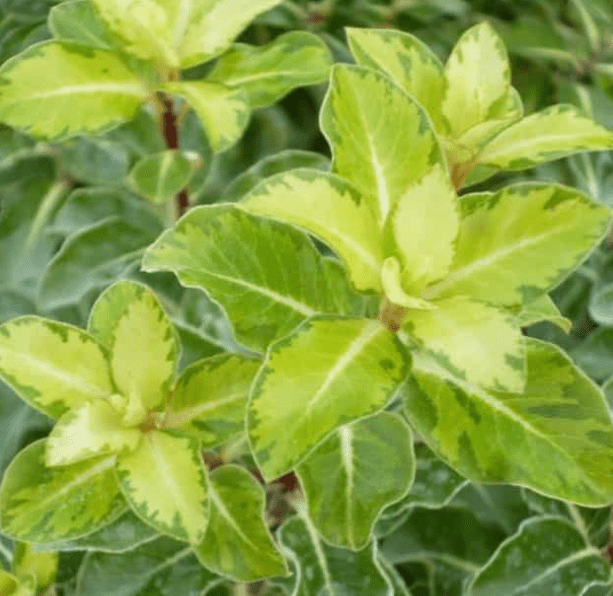
Poor Growth or Lack of Flowers
In your garden can be frustrating, but there are ways to address these issues. One common cause of poor growth or lack of flowers in Pittosporum plants is improper pruning. If the plants are not pruned correctly, it can affect their ability to produce new growth and flowers. To address this, make sure to prune your Pittosporum plants at the appropriate times and in the correct manner. Another factor to consider is the amount of sunlight the plants are receiving. Pittosporum plants require full sun to partial shade, so make sure they are getting the right amount of sunlight for optimal growth and flowering. Additionally, consider the soil quality and make sure it is well-draining and nutrient-rich. If the soil is lacking in nutrients, consider applying a balanced fertilizer to provide the necessary nutrients for healthy growth and flowering. By addressing these factors and providing proper care, you can help encourage healthy growth and beautiful flowers in your Pittosporum plants.
In conclusion, growing a thriving Pittosporum plant in your garden requires proper care and attention. It’s important to provide the right amount of sunlight, water, and nutrients to ensure the plant’s health and growth. Additionally, regular pruning and maintenance will help keep the plant looking beautiful and vibrant. By following the tips and guidelines provided in this post, you can create a lush and thriving Pittosporum plant in your garden.
Frequently asked questions And Answer
Pittosporums thrive in well-drained soil and prefer a location with full sun to partial shade.
During the growing season, water your pittosporum regularly, allowing the soil to dry out slightly between waterings. In the winter, reduce watering to allow the plant to rest.
Fertilize your pittosporum in the spring with a balanced, slow-release fertilizer to promote healthy growth.
Prune your pittosporum in the early spring to shape the plant and remove any dead or damaged branches. Avoid heavy pruning, as pittosporums do not respond well to drastic cutting back.
Pittosporums can be susceptible to scale insects and root rot. Keep an eye out for any signs of infestation or disease and treat accordingly.
Yes, pittosporums can be grown in containers, but they will require regular watering and occasional repotting as they grow.
Pittosporums can be propagated from semi-hardwood cuttings taken in the summer. Root the cuttings in a well-draining soil mix and keep them consistently moist until they establish roots.
Overall, pittosporums are relatively low maintenance once established. With proper care and attention to watering and pruning, they can thrive in your garden.
